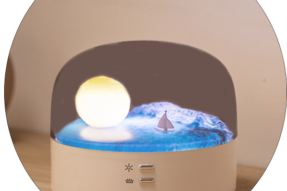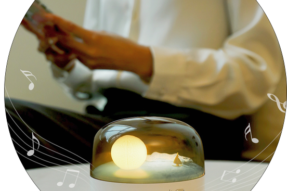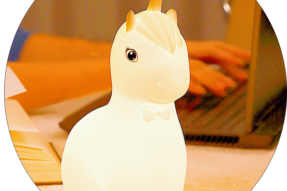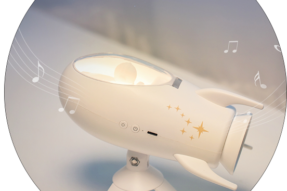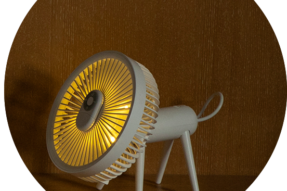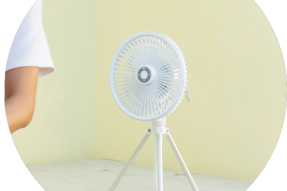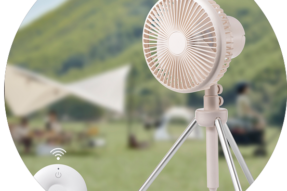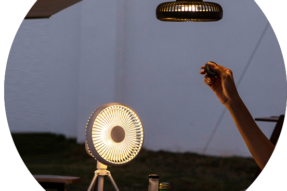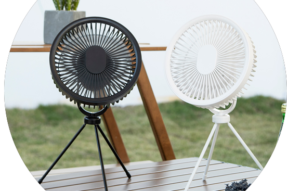The Right Way To Use a Humidifier
Release time:2016/05/18 News Center Views:1514
A humidifier can be an important part of sinusitis treatment — if you use it correctly. We’ve gone to the experts to find out how humidifiers can help.
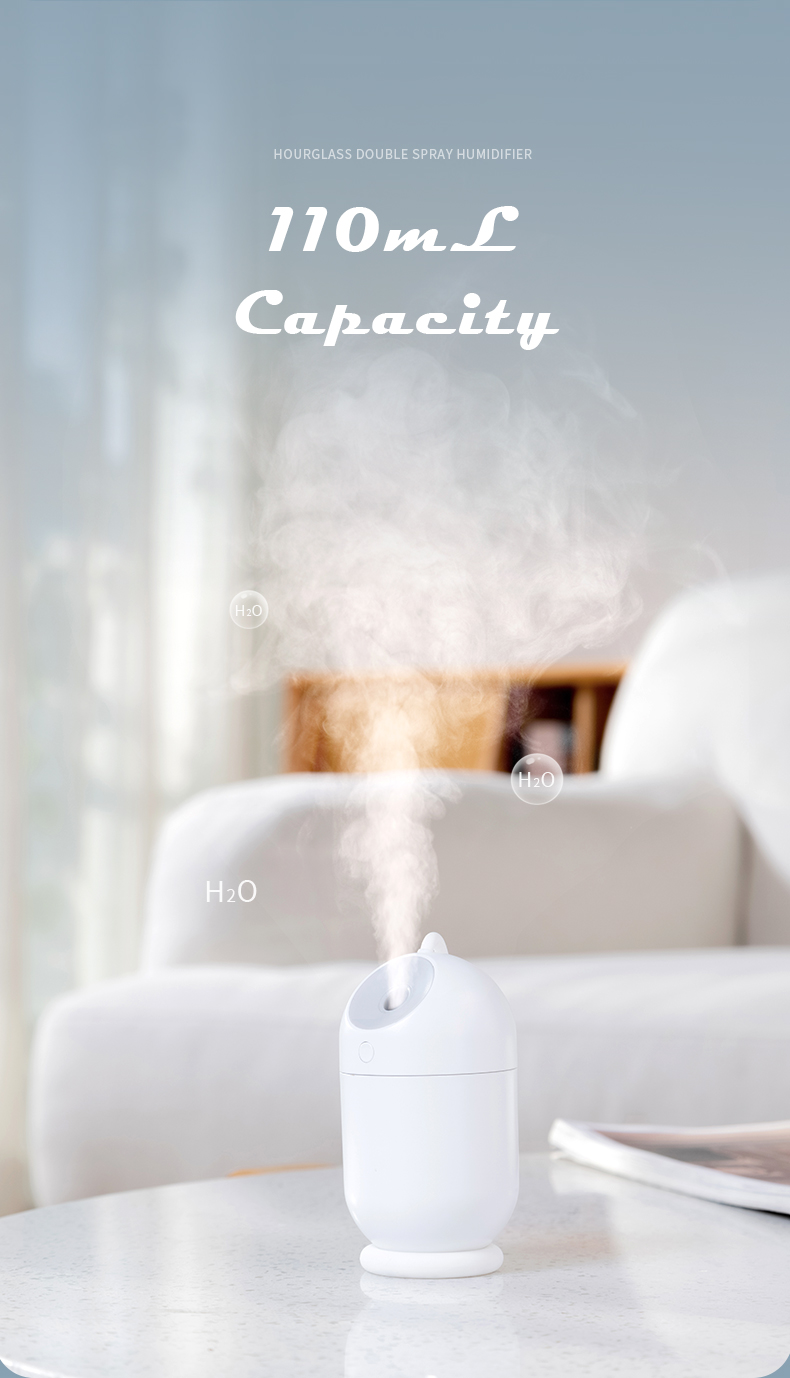
When the air you breathe is too dry, the mucus in your nose and sinuses won’t flow properly and your sinuses won’t drain as well as they should. Congestion can then lead to sinus pain and sinusitis. Sinusitis experts agree that adding humidity to the air with a humidifier is generally good for sinus health.
“Humidifiers can help nasal congestion in that they provide for more moisture and humidity within the nose,” says Mark A. Zacharek, MD, residency program director for the department of otolaryngology and head and neck surgery at Henry Ford Hospital in Detroit. “The nose is supposed to provide humidity and warmth and and clean the air that passes through it. Forced heating systems in homes and workplaces often over-dry the nasal passages, aggravating allergies and sinusitis.”
“Humidified air is good for sinusitis, especially in the winter,” agrees Amber Luong, MD, PhD, assistant professor of otolaryngology and head and neck surgery at the University of Texas Health Science Center in Houston. “Think of the mucus in your nose and sinuses as being like tears. If your tears were thick and sticky, they would not be able to flow from your eyes.”
Choosing a Humidifier or a Vaporizer for Sinusitis
Humidifiers and vaporizers are commonly used in people’s homes to get more moisture into the air and to counteract dryness in the nose and sinuses. Both humidifiers and vaporizers run on electricity, and portable humidifiers and vaporizers can easily be moved from room to room.
Central humidifiers are built into a home or office air-conditioning system. Here are some of the choices available:
Ultrasonic humidifiers send a cool mist into the air using ultrasonic vibrations.
Impeller humidifiers disperse a cool mist through a rapidly rotating disc.
Evaporative humidifiers blow cool air into the atmosphere by using a fan to force air through a moist filter.
The term “vaporizer” generally refers to units that use heat to create boiling water. The steam then vaporizes directly into the surrounding air. A warm-mist humidifier is a type of vaporizer that cools the hot steam before it goes into the room air.
Humidifiers and Vaporizers: Pros and Cons
Some experts are concerned that room humidifiers and vaporizers may create too much moisture in the air if they are not used cautiously, notes Dr. Zacharek. “Too much moisture may breed certain mold and fungi inside the house, which may further aggravate sinusitis or asthma conditions,” Zacharek says. Here are some precautions to take when using a vaporizer or a humidifier:
“Vaporizers that use steam may be dangerous for young children, who can accidentally burn themselves,” warns Dr. Luong. Keep steam vaporizers out of children’s reach.
Excess moisture can encourage an increase in the number of dust mites in your home, which are a common cause of allergies. Don’t let indoor humidity get above 50 percent.
Tap water contains minerals that can be dispersed into the air by a humidifier. Government agencies have not concluded that these minerals pose a serious health risk, but they do recommend using distilled water in your humidifier.
Only use a humidifier or vaporizer when you need it, and use the correct moisture settings.
For portable humidifier units, empty the water tank, wipe all surfaces dry, and refill the water tank daily, so that bacteria and mold are less likely to grow in the water. If the water used in a cool mist humidifier contains bacteria or mold, these can be breathed in when the water is dispersed into the atmosphere.
Follow the manufacturer’s instructions for cleaning your unit. Humidifiers and vaporizers should be cleaned every third day.
Check to make sure that carpets, drapes, bedding, and walls are not becoming damp from too much moisture.
The bottom line: “The benefits of using a humidifier or vaporizer outweigh the risks if you use them correctly,” says Luong. Cool mist humidifiers may be better if you have small children because of the risk from accidental steam burns. Both will help wash away allergens, irritants, viruses, and bacteria.”
Zacharek adds that the ideal level of humidity in a home is 35 to 40 percent — and you can measure humidity with a humidity gauge, which can be purchased at a hardware store or pharmacy. “Used correctly, vaporizers and humidifiers are equally effective,” he says.
Both humidifiers and vaporizers can get moisture into your nose and sinuses when they get dried out. The key to using humidity as part of your sinus treatment is to use your equipment properly and keep it safe and clean.
More Information
Please feel free to contact us for more information, including but not limited to:
- Technical Data Sheet for each model
- More Details of Specified Model
-To know more , please send your inquiry details in the below and get free sample.
Next: The humidifier function





-287x191.png)
